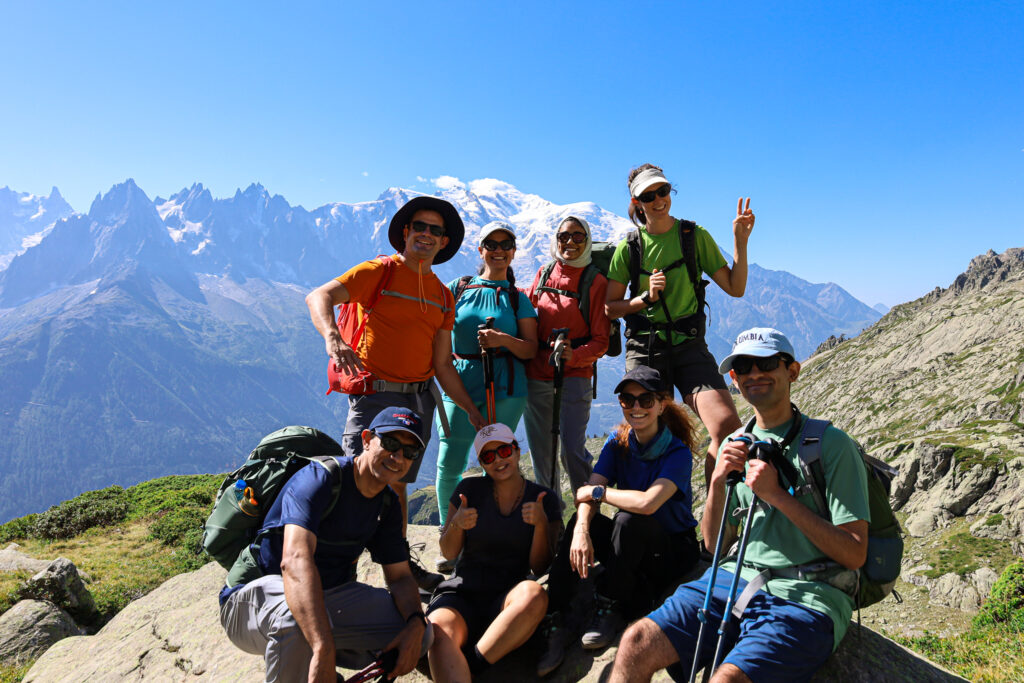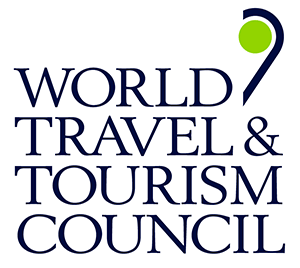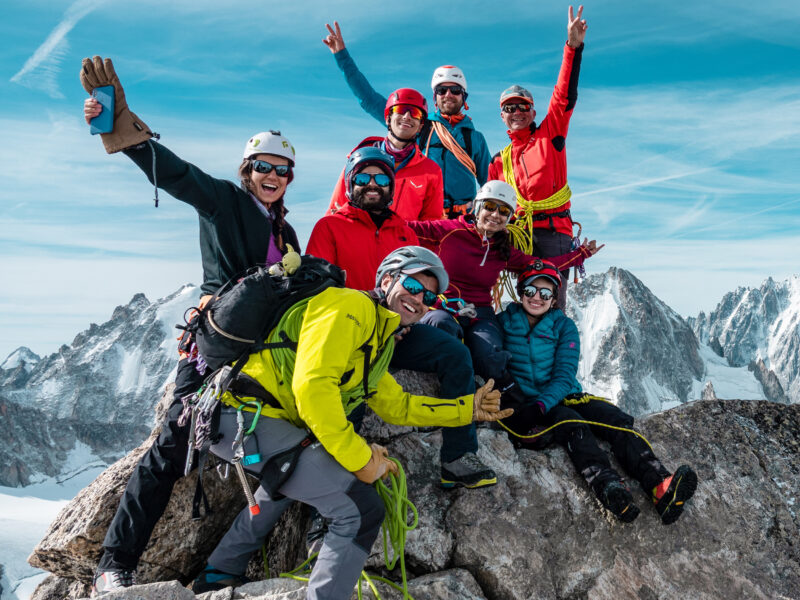BY Rami Rasamny | December 05 2024
Trekking the Tour du Mont Blanc: Clockwise or Anticlockwise?

The Tour du Mont Blanc (TMB) is one of the most iconic long-distance treks in the world, offering unparalleled views of the Mont Blanc massif, charming Alpine villages, and a deep connection to nature. The trek encircles Western Europe’s highest peak, crossing through France, Italy, and Switzerland. While both directions promise an unforgettable adventure, the choice between trekking clockwise or anticlockwise can significantly influence your experience. Here’s what you need to know about each route.

The Classic Anticlockwise Route: A Traditional Journey
Traditionally, most trekkers start and end the TMB in Les Houches, traveling anticlockwise. This direction is often considered the “classic” way for several reasons:
Key Benefits of the Anticlockwise Route
A Gentle Start:
The trek begins with a mellow ascent up to Bellevue, easing you into the rhythm of the journey. This gradual start allows your legs to acclimate to the demands of the trail before tackling steeper sections.
Remote Regions Early On:
By heading west first, you’ll reach the quieter and more remote Beaufortain region within the first few days. This area, known for its rolling meadows and pastoral charm, feels like stepping into a postcard.
Avoiding Sharp Descents:
The anticlockwise route spreads out the effort of the descents, making them feel less harsh on the knees compared to some of the steeper downhill sections on the clockwise route.
Progressive Pacing:
As you circle around the massif, the trail builds in intensity. This pacing allows you to gradually gain strength and stamina, making the more challenging sections feel manageable as you go.

The Clockwise Route: A Fresh Perspective
The clockwise direction has gained popularity in recent years, offering a fresh take on the classic trek. Starting from Les Houches, you’ll head east toward the Chamonix Valley before venturing into Switzerland and Italy.
Key Benefits of the Clockwise Route
Lac Blanc Early On:
Within the first day or two, depending on your pace and route, you’ll encounter Lac Blanc, one of the most iconic viewpoints on the TMB. This turquoise lake, reflecting the surrounding peaks, is a stunning reward when you’re still fresh and energized.
Cable Car Assistance:
In the first couple of days, you can make use of the Chamonix Valley’s extensive cable car network to skip some of the steeper ascents. This flexibility gives you more time to ease into the trek and soak in the views.
Gentler Climbs, Steeper Descents:
The clockwise route tends to offer milder uphills, though the descents can be sharper. This can be a great choice if you prefer steady climbs and don’t mind managing steeper descents with trekking poles.
A Rewarding Finale:
The trek’s most remote regions, such as the Beaufortain, come toward the end of the clockwise route. Finishing the journey in these secluded landscapes offers a sense of deep accomplishment as the trek concludes.
Transport Connectivity:
As you approach the Contamine Valley, the network of buses and trains provides convenient options to skip sections or shorten the trip if needed.

A Trek for Everyone
No matter which direction you choose, the Tour du Mont Blanc is an epic adventure. Both routes offer stunning scenery, cultural encounters in Alpine villages, and a sense of camaraderie with fellow trekkers.
The anticlockwise direction is perfect for those seeking a gradual buildup and a more traditional experience, while the clockwise route offers immediate access to highlights like Lac Blanc and the flexibility to pace yourself in the early days.
Whichever way you go, the TMB promises a journey of a lifetime. With its stunning vistas, physical challenges, and rewarding moments, it’s no wonder the Tour du Mont Blanc is a bucket-list trek for adventurers around the world. Pack your gear, pick your direction, and prepare to be awed.
About The Author
Rami Rasamny is the founder of Life Happens Outdoors, a premium adventure travel community dedicated to transforming lives through curated outdoor experiences. A mountaineer and entrepreneur, Rami has led teams on some of the world’s most challenging peaks, from the Alps to the Himalayas. His mission is to make adventure accessible, transformative, and safe for all who seek to push their limits and Come Back Different.
About Life Happens Outdoors
At Life Happens Outdoors, we believe in the power of nature to transform lives. As proud members of the Adventure Travel Trade Association (ATTA) and the World Travel & Tourism Council (WTTC), our team of certified guides and outdoor professionals is committed to the highest standards of safety, sustainability, and excellence.
Discover more about our story and mission on our Meet LHO page, or explore our curated adventures such as the Tour du Mont Blanc Trek, the Climb of Kilimanjaro, and Chasing the Northern Lights.














